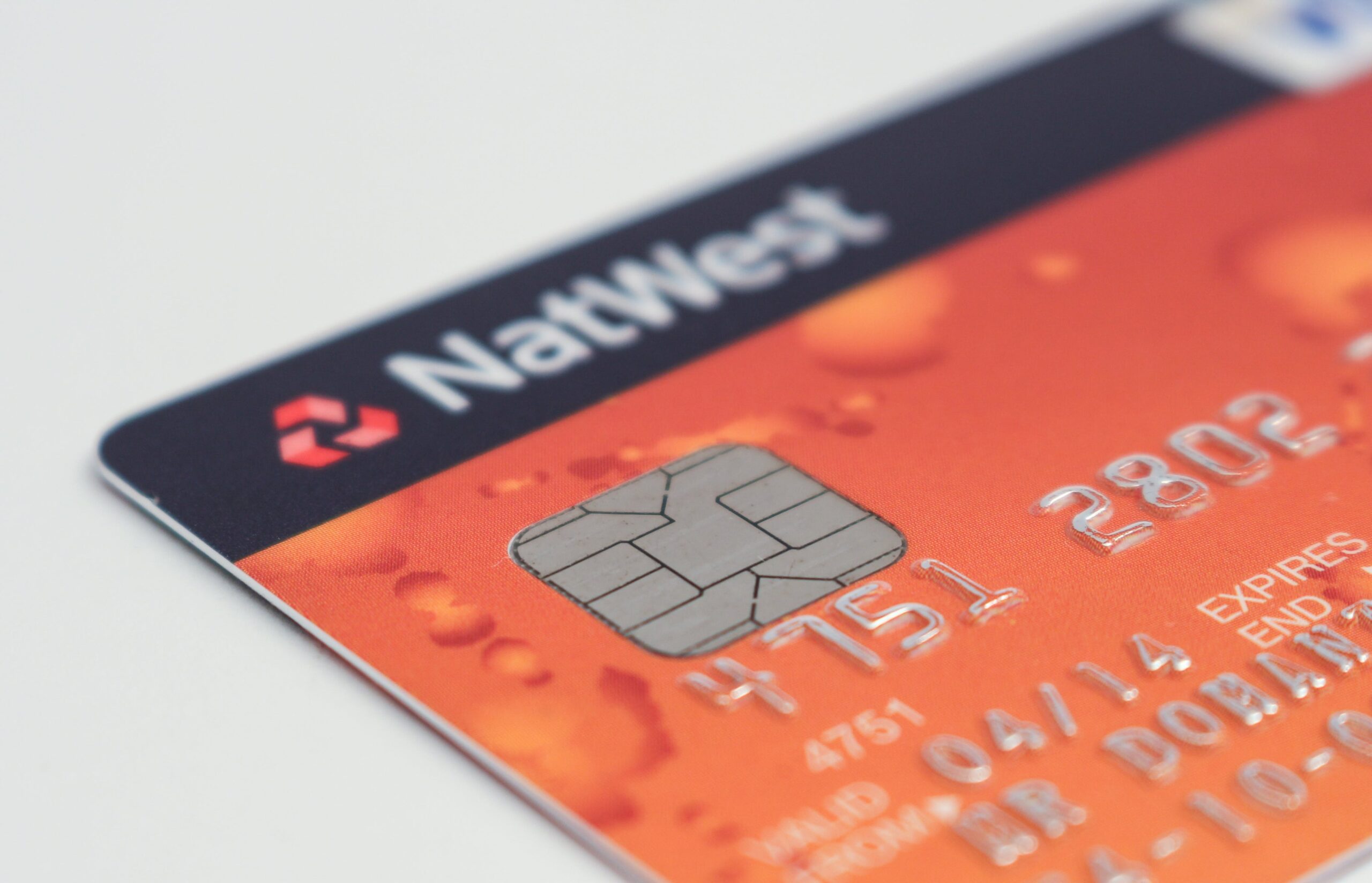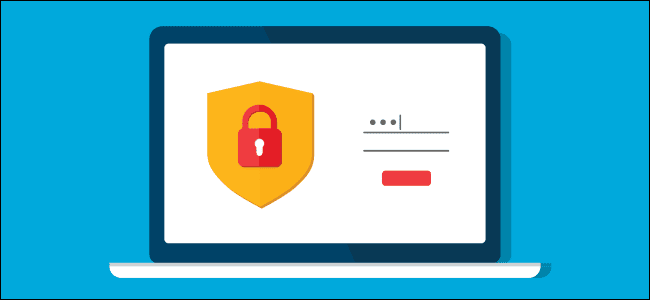
Anytime customers shop, they trust that business with a great deal of personal information. Lost credit card numbers and account credentials can lead to identity theft and financial fraud.
The growing prevalence of cyber attacks and security breaches makes it a requirement for businesses to prioritize protecting payment information. This is true for the payment process and storing data on a server.
What is Payment Security?
Payment security encompasses all tools and systems designed to protect your business’s financial transactions. These protocols keep malicious actors from accessing payment credentials via hardware attacks, hacking, or social engineering.
The Benefits of Payment Security
Payment security isn’t only for the customer’s sake. A comprehensive security infrastructure provides many long-term benefits and creates a safety buffer for businesses in the event of a data breach.
Safeguarding Against Cyber Threats and Potential Financial Losses
The most apparent advantage of robust payment security protocols is the protection of a business’s financial assets. In 2023, the average American data breach cost $4.45 million due to government fines, legal fees, public relations, and security restructuring costs.

Maintaining Reputation
The potential dangers of the internet cause customers to value their privacy above all else. Payment information must be given the highest level of care, and a breach can irreparably damage a business’s reputation.
A lost reputation quickly translates into financial losses. Target’s data breach in 2013 forfeited the payment information of 40 million debit and credit card accounts. After the breach, people avoided Target during the holiday shopping season, leading to a catastrophic 46 percent drop in sales.
Compliance with Regulations
Maintaining robust payment security protocols also makes meeting legal requirements easier. The Payment Card Industry Data Security Standard (PCI DSS) outlines requirements for secure processing, storing, and moving payment information.
Non-compliance with PCI DSS results in fines ranging from $5000 to $100,000/month. Some states have adopted these regulations into official law, and failure to comply will lead to government action.
Gaining a Competitive Edge
It’s unlikely that the everyday visitor will know the ins and outs of your payment security. However, potential partners and business relationships may inquire about them. They want to know how safe it is to associate with your brand and the likelihood of getting tied up in future incidents.
Adapting to Evolving Threats
Cybercrime targeting payment information is a massive industry. It’s technologically based and benefits daily from new technologies. Businesses must stay proactive and educated on emerging trends to stay ahead of threats. Payment security measures and the people running them should be dynamic and continuously counter new challenges.
Essential Steps for Enhancing Payment Security
Bolstering your payment security features requires a close look at existing systems. You’ll want to schedule regular security audits and risk assessments to root out vulnerabilities in your payment systems.
You want to look at both the technological and human elements. One of the best ways to improve security is to initiate employee education. Many workers aren’t aware of best practices when handling their professional logins or workstations—train staff to recognize malicious emails and social engineering tactics that could compromise payment information.
Key Components of Payment Security
There are many options for creating a solid payment security plan, but a few non-negotiables exist. The features below should be your first considerations when planning a starting point.
Encryption
Encryption is a fundamental component of all cybersecurity. It’s the process of mathematically randomizing data with a digital key, making it unreadable to unintended users. The most recommended encryption format for PCI DSS compliance is AES-256.
Tokenization
Tokenization is the process of substituting payment information with unique tokens. Alone, these tokens have no value and are usually tied to a secondary verification source such as a specific smartphone or IoT device. It doesn’t matter if a criminal steals or duplicates the token, unlike with standard payment credentials.
Fraud Detection
Fraud detection systems powered by advanced algorithms and machine learning can analyze transaction patterns indicating fraudulent activity. These tools instantly block unauthorized transactions, adding a dynamic element to payment security.
Authentication
Multi-factor authentication provides an additional layer of protection by asking users to provide multiple forms of identification before accessing payment information. However, this adds another barrier to purchasing that may turn customers away. Additional authentication should be an optional feature for customers but not employees.
Protect Your Data and More with Payment Security Essentials
Payment security plans have already become a non-optional aspect of the digital era. Beyond protecting financial assets, it covers a business’s reputation and contributes to regulatory compliance.
Integrating a few components of payment security into your existing systems will massively improve your overall safety and liability.








